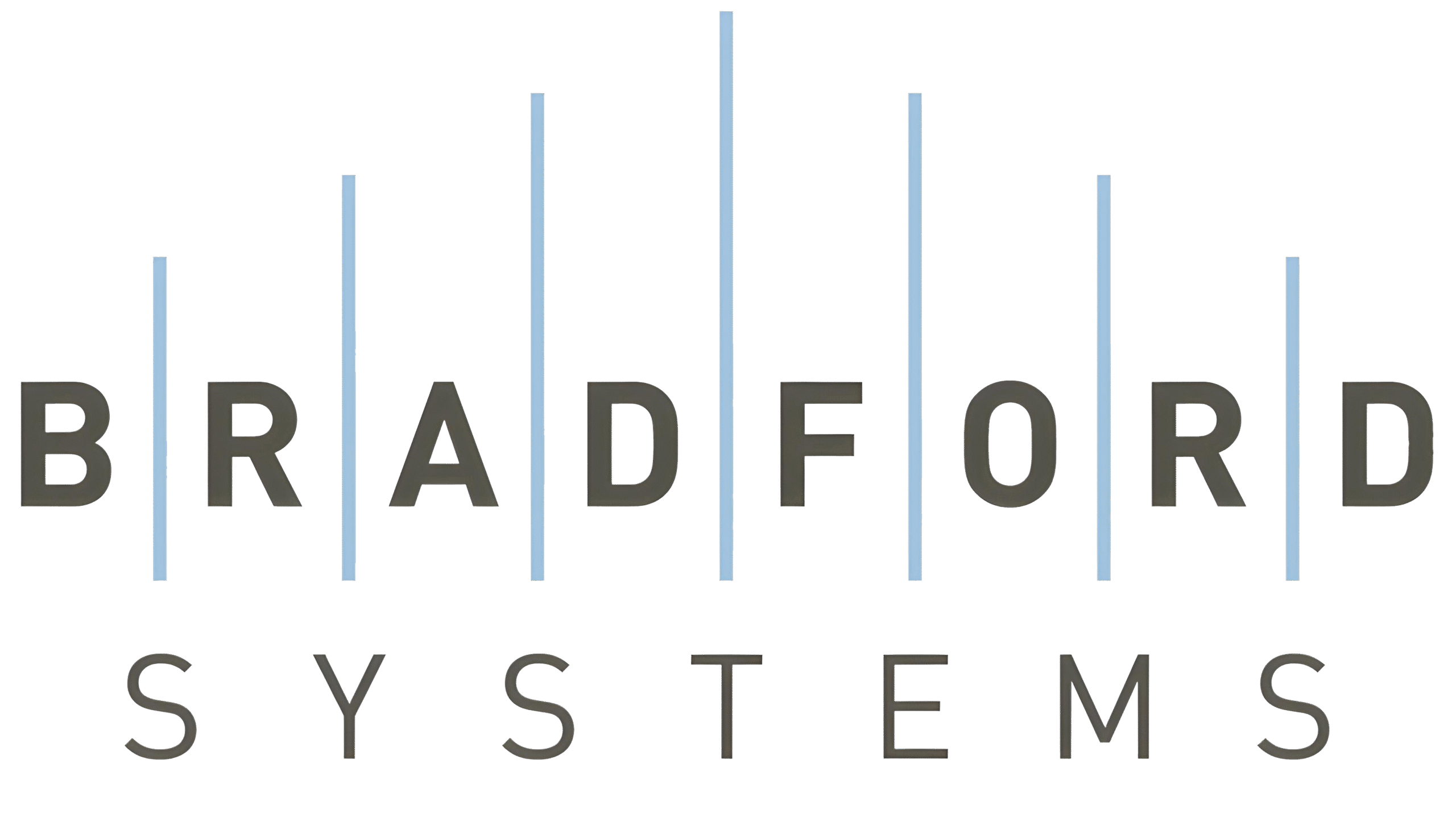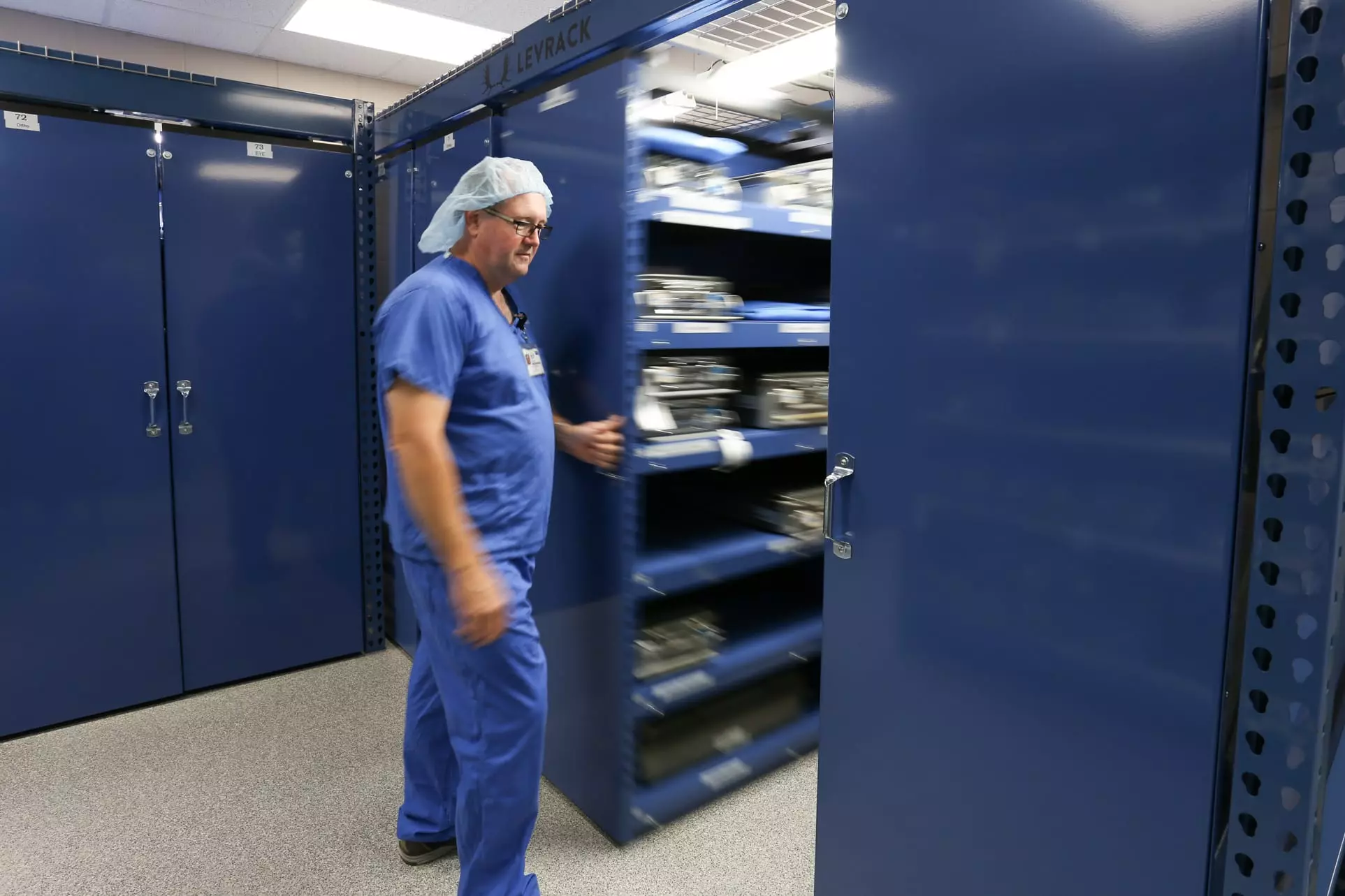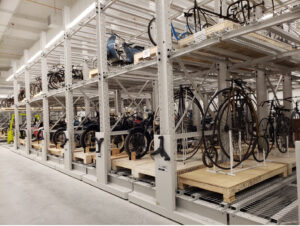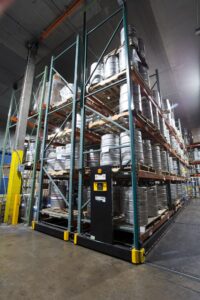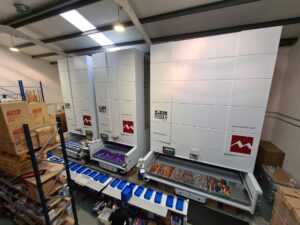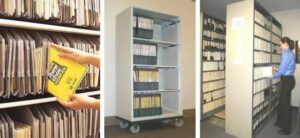Introduction
Some smart strategies for organizing medical supplies in a facility include categorizing items by type or use, implementing a labeling system, utilizing storage containers or bins, regularly auditing and restocking supplies, and creating designated areas for frequently used items.
In healthcare facilities, efficient organization of medical supplies is essential for operational efficiency and patient care. Properly managed supplies enable healthcare providers to deliver timely and accurate treatments, while also minimizing the risk of errors and waste. However, organizing medical supplies can be a challenging task, given the diverse range of items and the fast-paced nature of healthcare settings. In this blog, we will explore smart tips for effectively organizing medical supplies, the impact of disorganization on supplies management, the benefits of proper organization in healthcare settings, the role of technology in streamlining supplies management, and how proper organization can improve patient care. So let’s dive in and discover these smart tips for organizing medical supplies.
What are some tips for organizing medical supplies in a facility?
Efficient healthcare facilities rely on operational efficiency to ensure smooth workflow and high-quality patient care. One crucial aspect of operational efficiency is the organization of medical supplies. Properly organized supplies contribute to streamlined processes, reducing the time employees spend searching for essential items and minimizing the risk of human error. In healthcare, where time is of the essence and accuracy is critical, the importance of organized medical supplies cannot be overstated.
Now that we understand the importance and benefits of organized medical supplies, let’s explore some smart tips for effective organization. By implementing these tips, healthcare facilities can streamline efficiency, reduce errors, and enhance patient care.
Tip 1: Implement a Consistent Classification System
** Labeling Systems **
- Implementing a consistent classification system is the first step towards effective medical supplies organization.
- Use clear and standardized labels to categorize supplies, ensuring that they are easily identifiable by all staff members.
- Consider labeling systems based on function, type, or urgency, depending on the specific needs of the healthcare facility.
- Regularly review and update the labeling system to maintain its accuracy and relevance.
- By implementing a consistent classification system, healthcare facilities can streamline the retrieval process, reduce search time, and prevent misplacement of supplies.
- ** Efficient Workflow **
- A consistent classification system ensures that healthcare providers can quickly locate the supplies they need, facilitating a more efficient workflow.
- Streamlining the retrieval process minimizes time spent searching for supplies, allowing healthcare professionals to focus more on patient care.
- Labeling systems also promote consistency and reduce the risk of human error when handling supplies.
- Standardization in classification and labeling eliminates confusion, making it easier for new staff members to navigate the storage areas.
Tip 2: Use Space Efficiently and Logically
** Modular Shelving **
- Efficient utilization of space is crucial for effective medical supplies organization. One way to maximize space efficiency is through the use of modular shelving systems.
- Modular shelving allows for customizable configurations, adapting to the specific storage needs of healthcare facilities.
- By utilizing vertical space, healthcare facilities can optimize their storage capacity, reducing clutter and enhancing accessibility.
- Modular shelving units enable easy identification and access to supplies, contributing to a more streamlined workflow.
- ** Supply Room Optimization **
- In addition to modular shelving, healthcare facilities should consider optimizing supply room layout and design.
- Arrange supplies logically, grouping similar items together, to facilitate easy access and minimize search time.
- Keep frequently used supplies easily accessible, while less frequently used items can be stored further away.
- Label shelves, bins, or containers clearly, allowing healthcare providers to quickly locate the required supplies.
- Efficient supply room optimization enhances operational efficiency, reducing time wasted searching for supplies and improving overall productivity in healthcare facilities.
Tip 3: Regular Inventory Checks and Updates
Regular inventory checks and updates are crucial for maintaining efficient medical supplies organization. By implementing effective storage techniques, healthcare facilities can ensure optimal stock levels, prevent overstocking, and minimize the risk of stockouts. Here are some key points to consider:
- Regularly review inventory levels to identify surplus items and prevent overstocking.
- Conduct routine inventory audits to identify expired or damaged supplies and promptly dispose of them.
- Utilize first-in, first-out (FIFO) inventory management techniques to maximize the usage of supplies and reduce waste.
- Maintain accurate records of inventory levels, ensuring efficient supply chain operations and minimizing disruptions in availability.
- By regularly checking and updating inventory, healthcare facilities can optimize operational efficiency, minimize wastage, and promote cost savings.
Tip 4: Employ Technology for Better Tracking
With advancements in technology, healthcare facilities can employ digital solutions to streamline medical supplies management. Here are some ways technology can enhance supplies tracking:
- Automation: Implementing automated tracking systems reduces manual handling and human error, ensuring accurate and timely tracking of supplies.
- Barcoding: Barcoding supplies enables quick and accurate identification, minimizing the risk of mislabeling or misplacement.
- Real-time data: Technology allows for real-time updates on inventory levels, providing healthcare facilities with accurate and up-to-date information for decision-making.
- Integration with ERPs: Integrating inventory management systems with Enterprise Resource Planning (ERP) software improves data synchronization, streamlining supply chain logistics.
- Analytics tools: Utilizing analytics tools, healthcare facilities can gain insights into supply consumption patterns, enabling better planning and resource allocation.
Tip 5: Continuous Staff Training on Supplies Management
Continuous staff training plays a vital role in maintaining effective medical supplies organization. Here’s how training can benefit healthcare facilities:
- Efficient Workflow: By educating staff on proper supplies management protocols, healthcare facilities can establish and maintain a streamlined workflow.
- Time employees: Training programs equip employees with the knowledge and skills required to handle supplies efficiently, minimizing time wasted on searching for items.
- Adherence to Procedures: Continuous education on supplies management ensures that employees follow standardized procedures, reducing the risk of errors and confusion.
- Minimize Errors: By providing ongoing training, healthcare facilities can minimize misunderstandings, errors, and complications related to supply management, ultimately enhancing overall operational efficiency.
- Culture of Responsibility: Continuous staff training fosters a culture of accountability and responsibility in supply management, improving the long-term effectiveness of medical supplies organization practices.
Case Study: Impact of Efficient Medical Supplies Organization
To understand the impact of efficient medical supplies organization, let’s explore a case study.
Before Implementation of Organization Techniques
** Disorganization **
Before implementing efficient organization techniques, the healthcare facility struggled with disorganized medical supplies. Supplies were scattered across different rooms, shelves, and storage areas, leading to a constant search for necessary items.
** Inefficiency **
The disorganization resulted in time inefficiencies, with healthcare providers spending excessive time searching for supplies, resulting in delayed patient care. The lack of a consistent classification system made restocking and inventory management challenging, leading to overstocking or stockouts.
** Streamlining Efficiency **
After implementing efficient organization techniques, the healthcare facility experienced a significant improvement in streamlining efficiency.
After Implementation of Organization Techniques
** Efficient Workflow **
The healthcare facility saw a notable improvement in workflow efficiency. Healthcare providers could quickly locate and access the required supplies, reducing time wasted searching for items.
** Storage Capacity Optimization **
With proper organization, the healthcare facility optimized its storage capacity, utilizing modular shelving and logical storage placement. This enabled better space utilization, minimized clutter, and enhanced overall efficiency.
** Reducing Wastage **
By implementing regular inventory checks, healthcare providers could identify and eliminate expired or damaged supplies promptly. The healthcare facility also minimized overstocking, reducing wastage and improving cost-effectiveness.
** Long-term Benefits **
Overall, the implementation of efficient organization techniques resulted in long-term benefits for the healthcare facility, including improved operational efficiency, reduced costs, and enhanced patient care.
Challenges in Organizing Medical Supplies and Overcoming Them
Despite the benefits, healthcare facilities may encounter challenges in organizing medical supplies. It’s important to address these challenges proactively to maintain efficient organization. Here are some common challenges and their solutions:
** Misconceptions and Resistance **
One challenge is overcoming misconceptions and resistance to change. Healthcare facilities should emphasize the benefits of proper organization, provide training, and ensure clear communication regarding the organizational strategies.
** Proper Storage Solutions **
Finding appropriate storage solutions can be challenging, especially in limited space. Healthcare facilities should invest in modular shelving systems, utilize vertical storage, and optimize supply room layouts to maximize space efficiency.
** Overstocking **
Maintaining optimal stock levels and preventing overstocking can be challenging. Regular inventory checks and adjustments, along with effective inventory management, help prevent overstocking, reducing wastage, and improving cost-effectiveness.
** Efficient Organization **
Establishing efficient organization techniques requires time and effort. Healthcare facilities should invest in staff training, provide clear guidelines, and regularly assess the effectiveness of organizational strategies to ensure continuous improvement.
** Bottom line **
While there may be initial challenges, healthcare facilities can overcome them by implementing appropriate solutions, leading to long-term benefits such as enhanced operational efficiency, cost savings, and improved patient care.
Issue: Overstocking and Wastage
One common issue in medical supplies management is overstocking, which can lead to wastage and negatively impact the bottom line of healthcare facilities.
Solution: Regular Inventory Checks and Updates
Regular inventory checks and updates are essential to address the issue of overstocking and minimize unnecessary wastage. Here’s how healthcare facilities can tackle this issue:
- Periodic inventory checks help maintain optimal stock levels, preventing overstocking and minimizing wastage.
- Regular updates ensure accurate inventory records, reducing the chances of overordering or underordering supplies.
- Real-time tracking systems assist in effective inventory management, providing visibility into stock levels, usage rates, and supply chain logistics.
- Consistent monitoring ensures minimal discrepancies in stock, avoiding unnecessary stockpiling and minimizing wastage.
- By conducting regular inventory checks and updates, healthcare facilities can streamline inventory management, save time, and enhance operational efficiency.
Disorganization in medical supplies management can have a significant impact on healthcare facilities. When supplies are disorganized, it takes healthcare providers more time to locate the necessary items, leading to inefficiencies in delivering care. Moreover, disorganization increases the risk of human error, as healthcare professionals may mistakenly grab the wrong item or overlook essential supplies. These errors can have serious consequences, jeopardizing patient safety and the quality of care provided. By implementing proper organization techniques, healthcare facilities can significantly reduce the time wasted searching for supplies and minimize the risk of human error.
Disorganized medical supplies management affects healthcare facilities’ bottom line, leading to financial losses due to wasted supplies, overstocking, and time inefficiencies. In addition, healthcare facilities may face logistical challenges, such as difficulties in shipping, packaging, and logistics, when supplies are not properly organized. Efficient healthcare storage, including well-organized medical supplies, is essential for healthcare facilities to operate smoothly and effectively.
Proper organization of medical supplies offers numerous benefits in healthcare settings.
- Firstly, efficient organization contributes to a more efficient workflow, ensuring that healthcare providers can quickly access the supplies they need, when they need them. This not only saves time but also enhances the overall efficiency of healthcare operations.
- Moreover, by organizing supplies, healthcare facilities can maximize space utilization, reduce clutter, and optimize storage capacity, ultimately improving the bottom line. Efficient organization also helps healthcare facilities in inventory control, reducing waste and minimizing the risk of expired or misplaced supplies. In summary, proper organization in healthcare settings leads to a more streamlined workflow, improved operational efficiency, and cost savings.
Technology-assisted medical supply management
In today’s digital age, technology plays a crucial role in streamlining medical supplies management. From automated tracking systems to barcode scanners, technology offers numerous advantages in organizing and managing supplies effectively.
Features of Modern Inventory Management Systems
Modern inventory management systems come equipped with various features that enhance efficiency and accuracy in medical supplies organization, such as:
- Automation: Automated tracking systems reduce manual handling and human error, ensuring accurate and real-time updates on inventory levels.
- Cloud-based Solutions: Cloud-based inventory management solutions enable remote access, enhancing coordination among healthcare professionals, especially in multi-location facilities.
- Barcode Scanning: Barcode scanners simplify the identification and tracking of supplies, reducing the risk of mislabeling or misplacement.
- Integration with ERPs: Integration with Enterprise Resource Planning (ERP) systems streamlines logistics, inventory control, and data synchronization.
- Analytics Tools: Analytics tools provide insights into supply usage, trends, and forecasting, supporting informed decision-making and efficient resource allocation.
